From PhD in Melbourne to postdoc in New York
The Leukaemia Foundation’s National Research program has supported the careers of the brightest researchers and clinicians, like Matthew Witkowski, for almost 20 years.
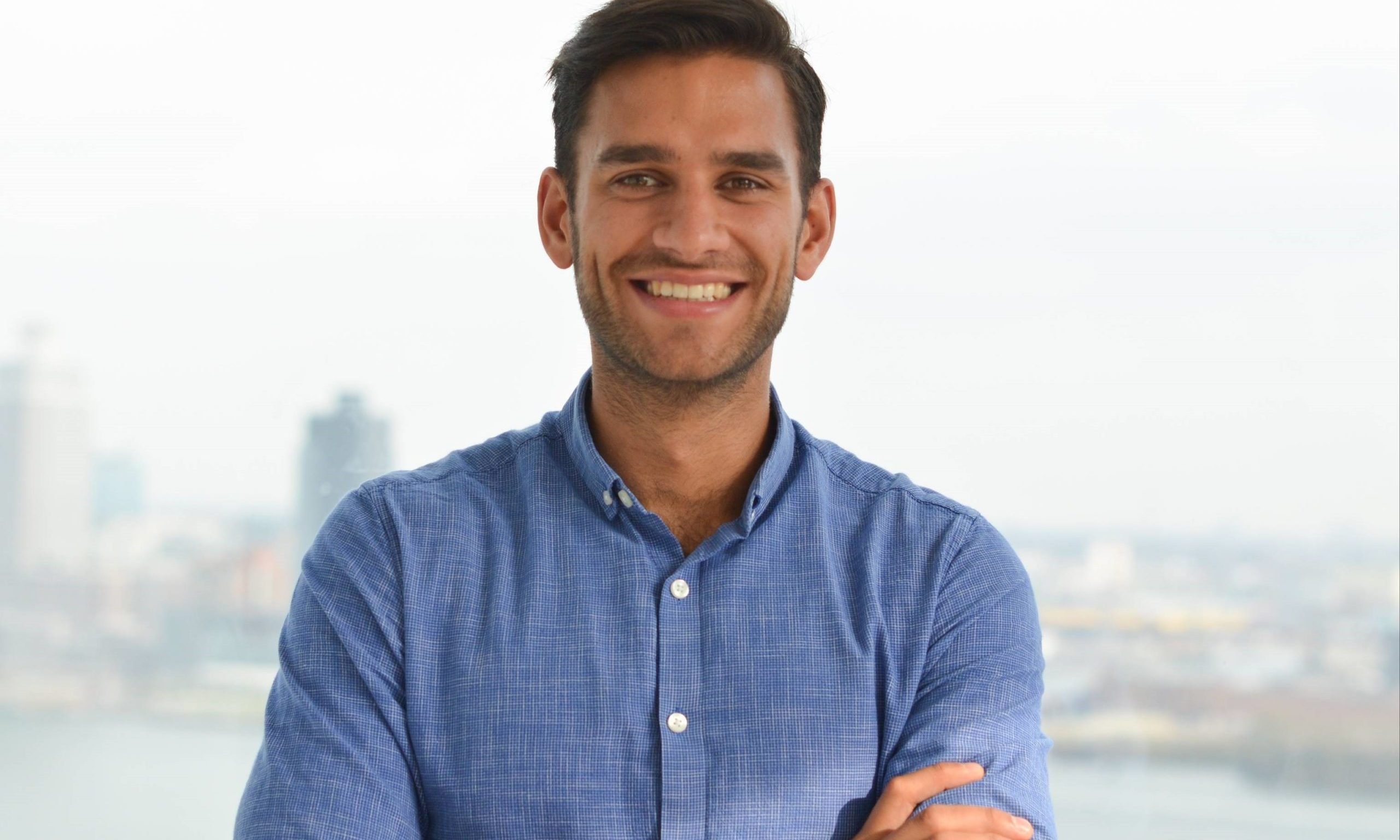
His research is a prime example of how critical research funding is to understand the biology and genetics of blood cancers and to developing new treatments.
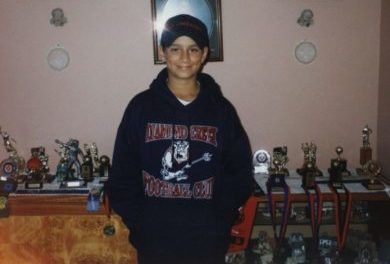
Matt’s career trajectory was kick-started when he won the under 11s footy grand final for Diamond Creek in Victoria! He has since moved from sport to science and, after completing his Honours at the Walter and Eliza Hall Institute (WEHI) in Melbourne, was awarded a PhD scholarship from the Leukaemia Foundation.
Now he’s working as a postdoc scientist at the New York University School of Medicine in the U.S. and his sights are focused on improving the effectiveness of CAR T-cell therapy.
When ALL News spoke to Matt, he had just presented on The relapsed B-cell acute lymphoblastic leukaemia immune microenvironment and won the first prize post-doctoral Eugene Cronkite 2019 New Investigator Award at the International Society for Experimental Haematology conference in Australia.
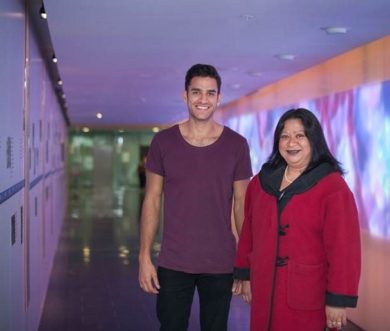
He explained that back in 2011, when he applied for a PhD scholarship, “the Leukaemia Foundation was very competitive, but I was lucky enough to receive it”.
Matt’s PhD, from January 2012 to December 2014, was valued at $120,000.
“It was my first scholarship. It was a big deal for me, and relieved a lot of the stress,” said Matt.
“You knew someone cared about what you were doing as a student and that it was worth investing in. That’s critical at the point when you are learning the lay of the land in science.”
Matt did his PhD in lab of Dr Ross Dickins which was then at WEHI*.
“The Leukaemia Foundation was a big supporter of our lab and was a constant support and funding stream. Our lab thrived on that bit of stability,” said Matt.
“You do a lot of work all the time, in science. You’re constantly working, so you don’t want to worry about funding, especially when the Australian government can swing around in terms of how much they are investing in science.
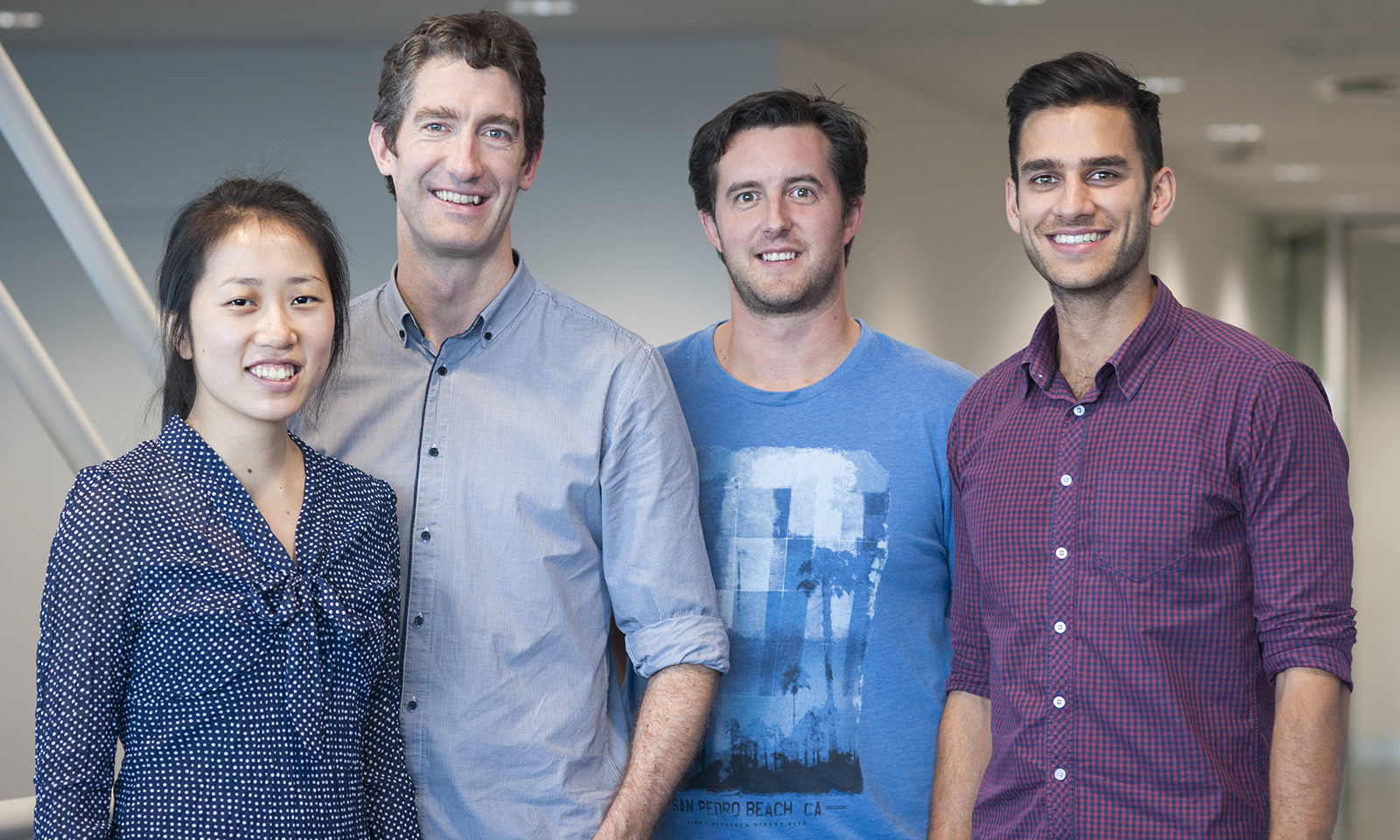
“We were a small lab with one post doc, two students, and Ross as well. It was one of the few acute lymphoblastic leukaemia labs at WEHI at that time,” explained Matt.
“We were working on ALL because it is the most common cancer in kids and the most common cause of cancer-related death in children. I work on B-cell leukaemia, which is the most prevalent form of ALL.
“Students are the powerhouse of a lot of labs, especially ours.
“The other student in the lab, Grace Liu [also a Leukaemia Foundation three-year PhD scholarship recipient (2010-2012)] and I were producing a lot of the data.
“We both got meaningful papers out of it, which put us in good stead for building a career in the field” said Matt, and this was important for his career going forward.
Matt was investigating genes defective in leukaemia patients who showed resistance to chemotherapy, which would suggest that these particular genes dictated a patient’s ability to respond to chemotherapy.
“My work has focused on the Ikaros gene and defining how Ikaros interacts with other genes in a leukaemia cell to drive chemotherapy resistance and cancer development,” he said.
“By understanding these interactions, explanations for why patients who lack the Ikaros gene do not respond to therapy may become clear.
“Ultimately, this may lead to alternative therapy for ALL patients who would otherwise not respond to common chemotherapeutics.”
Matt had papers published in both Leukemia and The Journal of Experimental Medicine, and prior to completing his PhD, he went to a conference in Colorado in the U.S. where he met his current boss, Iannis Aifantis, an internationally recognised immunologist and cancer biologist, who heads a laboratory at New York University (NYU).
“He had read our papers and said, ‘do you want to come to New York for an interview in the lab?’.
“To be honest, New York wasn’t on my list. It seemed a little daunting. However, Luisa Cimmino, a previous postdoc with Ross Dickins, who was in the Aifantis lab, said ‘come to New York, it is really nice here’.
And so Matt went to further his career and research in New York. He went from a lab of four people to being a postdoc in a lab of 29! He’s still there now, continuing his work in ALL, “and it has been great ever since, just working away”, he says.
“I was able to extend on what I did in Ross’ lab. I worked in the same disease, ALL, but new technologies were coming out from the States and I could use them straight away.
“Leukaemia is a very complicated disease. You have a cell that is abnormal and it grows and grows in your bone marrow and spreads.
“What we did in Ross’ lab during my PhD, was provide really valuable information about what the genetic changes were in cells that made them transform into leukaemia. We used very novel tools to do that.
“Ross had brought that back from America and we took advantage of that to understand what underpinned leukaemia emerging and causing disease, and treatment resistance.
“When I went to America, I thought; how does the bone marrow itself influence the leukaemia? It obviously doesn’t grow on its own. It grows by interacting with everything around it.
‘When a patient presents with the disease that is throughout their bone marrow, then they get treatment, a small amount of leukaemic cells will just hang around and eventually the patient may relapse with the disease.
“My question was, ‘is there something that actually drives that small population of cells that are resistant to therapy to hang around, and what is the influence of the environment on these cells that would mean they would eventually not respond to therapy and inevitably cause relapse in these patients’.
“I was able to do a lot of that in the U.S. where we had new technologies where we could look not only at the leukaemic cell, but also everything surrounding it.
“We could deconstruct and pull apart the whole landscape of the bone marrow and understand all of the components and how they were talking to the leukaemia to keep it alive.
“What we have been able to do at NYU is use novel technologies to understand the whole system and how it evolves over time. We think we might be able to intervene with how the environment keeps the leukaemia alive, as a means of improving therapy,” said Matt, first author on a paper about this work that was published in Cancer Cell in June 2020.
“If you just stop these populations of cells from supporting leukaemic cells, you might be able to improve therapies that are already quite good in leukaemia.
“By just taking into consideration that you don’t just treat the leukaemia, sometimes you have to treat the things around it that would potentially support it surviving. This is a new paradigm in a lot of therapies.”
Matt has continued to keep in touch with an Australian ALL patient, India Papas, who he met through the Leukaemia Foundation when she was young.
“Every so often I ask Jodie [her mum] how India is going, and she seems to be doing really well…she has grown up.”
Matt said, looking to the future, his holy grail was to understand why some patients fail CAR T-cell therapy.
“This therapy harnesses a patient’s own immune cells to kill their tumour. It was originally utilised at the Children’s Hospital of Philadelphia and St. Jude Children’s Research Hospital (Memphis) as a way to treat B-cell leukaemia.
“Initially, it looked great. It looked like taking T-cells out of a patient and repurposing their own cells to kill tumour cells was going to be a really nice curative treatment.
“But it turns out that now we are a few years out from those initial trials, they [CAR T-cells] are not as effective as we thought. There are patients relapsing.
“It is an expensive therapy as well. In the U.S., it costs USD500,000 for a single treatment with this drug.
“There have to be ways to mitigate the relapsing that emerges from this. Not all of them are because of the drugs or because the B-cells they are targeting are naturally resistant. Sometimes there are other mechanisms.
“My goal is to start a group that tries to understand why patients fail this therapy.
“My initial work, in understanding how the bone marrow is composed, provides a good platform to understand how the environment informs how these new immune therapies are working.
“That is the goal in my immediate future, to start my own group where I can do this… to be around these therapies and take advantage of the fact that patients get biopsies which lets us see how they perform over time and why they don’t respond or why they do.
“There is also something called Bi-specific T-cell engagers. They hook leukaemic cells up to cells in the body that, if activated, kill leukaemia cells.
“There is a drug, called blinatumomab, that has done pretty well in this kind of field, where you are depending on the environment to kill the cells by using CAR T-cells and blinatumomab.
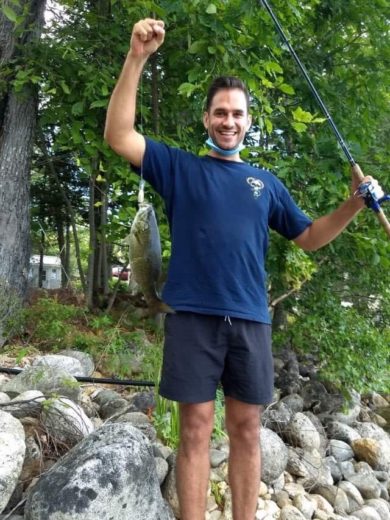
“Once we understand what the environment is and how it influences the leukaemia cells, it might inform us which patients may not respond to these drugs. We have made the assumption that the environment is going to allow these drugs to work, but we don’t know that,” said Matt.
Matt said he was open to potentially moving back to Australia to start his own lab or to do that somewhere in America.
“I may come back to Australia but I’m not definitive about anything at the moment,” he said.
* Dr Ross Dickins subsequently moved to the Australian Centre for Blood Diseases at Monash University.
** Mark McKenzie was supported by a three-year Leukaemia Foundation Postdoctoral Fellowship (2010-2012).